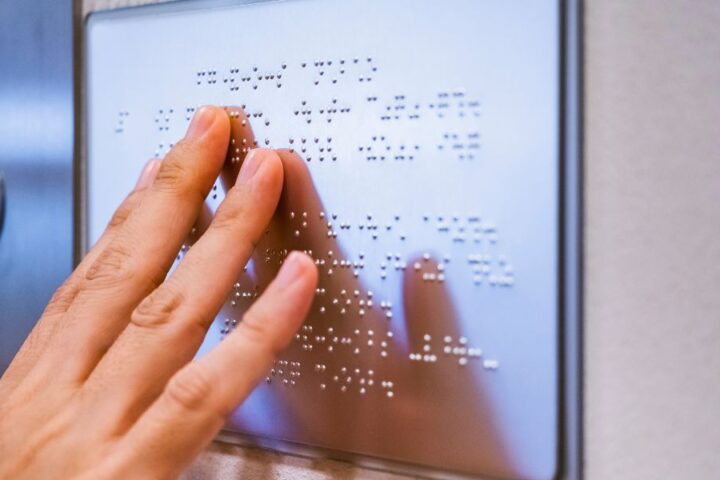Key Takeaways
Classist undertones are subtle, yet pervasive, elements that perpetuate class-based discrimination and inequality. They are often embedded in our language, behaviors, and institutional structures, reinforcing class hierarchies and contributing to social and economic disparities. This article will explore the concept of classist undertones, their manifestations in various aspects of society, and their implications for social justice and equality.
Understanding Classist Undertones
Classist undertones refer to the subtle ways in which classism – prejudice or discrimination based on social class – is expressed and perpetuated. These undertones can be found in various aspects of society, including language, media, education, and employment practices. They often go unnoticed, yet they play a significant role in maintaining class hierarchies and perpetuating social and economic inequality.
Classist Undertones in Language and Communication
Language is a powerful tool for conveying and reinforcing social norms and hierarchies. Classist undertones in language can take various forms, such as derogatory terms and phrases that demean people from lower social classes, or subtle linguistic cues that signal class status and reinforce class-based stereotypes. These undertones can contribute to the marginalization and stigmatization of people based on their social class, and can perpetuate class-based discrimination and inequality.
Classist Undertones in Media and Popular Culture
Media and popular culture are influential platforms for shaping public perceptions and attitudes towards different social classes. Classist undertones in media and popular culture can manifest in various ways, such as the portrayal of people from lower social classes in negative or stereotypical ways, or the glorification of wealth and upper-class lifestyles. These portrayals can reinforce class-based stereotypes and prejudices, and can contribute to the normalization of classism.
Classist Undertones in Education and Employment
Education and employment are key areas where classist undertones can have significant impacts. In education, these undertones can manifest in tracking systems that steer students from lower social classes into lower academic tracks, or in the lack of resources and opportunities for students from disadvantaged backgrounds. In employment, classist undertones can be seen in discriminatory hiring and promotion practices, or in wage disparities that reflect class hierarchies. These practices can perpetuate social and economic disparities, and can limit opportunities for social mobility for people from lower social classes.
Implications for Social Justice and Equality
Classist undertones, while subtle, have profound implications for social justice and equality. They contribute to the perpetuation of class-based discrimination and inequality, and they undermine efforts to promote social mobility and equal opportunities for all. Addressing classist undertones requires a multifaceted approach that includes raising awareness about classism, challenging class-based stereotypes and prejudices, and promoting policies and practices that foster social and economic equality.
Conclusion
Classist undertones are pervasive elements that subtly reinforce class hierarchies and contribute to social and economic disparities. They are embedded in our language, behaviors, and institutional structures, and they play a significant role in perpetuating class-based discrimination and inequality. Addressing these undertones is crucial for promoting social justice and equality, and for creating a society where everyone has equal opportunities to thrive, regardless of their social class.









